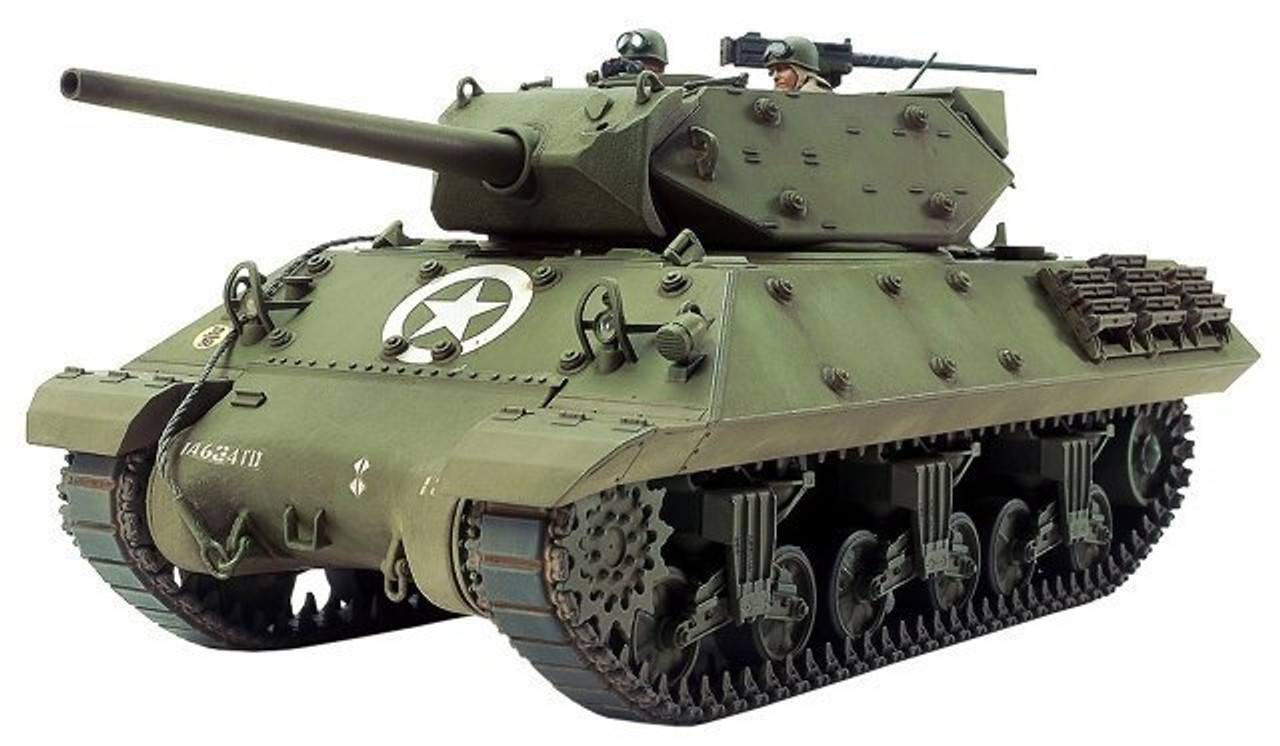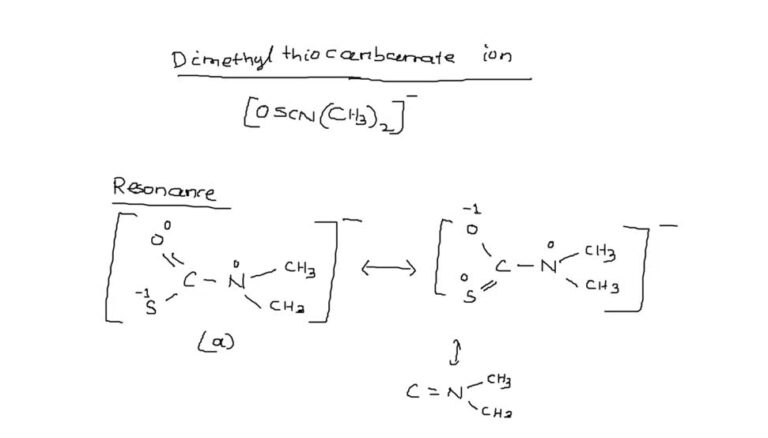Exploring the Design and Features of the M10 Wolverine Tank Destroyer
Welcome to a journey through the formidable world of armored warfare with the M10 Wolverine Tank Destroyer! In this blog post, we will delve into the history, design, combat use, and performance of this iconic vehicle. Join us as we explore how the M10 Wolverine carved its place in military history with its lethal armament and impressive capabilities on the battlefield. Let’s gear up and roll out to discover what makes the M10 Wolverine a force to be reckoned with!
Overview
The M10 Wolverine Tank Destroyer, a pivotal asset during World War II, was designed to counter enemy tanks with its powerful armament and mobility. As part of the U.
S. Army’s doctrine to employ specialized tank destroyers, the M10 filled a critical role on the battlefield.
Its development stemmed from the need for a highly mobile vehicle capable of taking out enemy armor swiftly and effectively. With its sleek design and impressive firepower, the M10 quickly became a feared adversary on both Western and Eastern fronts.
Production ramped up to meet wartime demands, showcasing the Allies’ commitment to advancing armored warfare tactics. The M10 proved its worth in numerous engagements, earning praise for its speed, agility, and lethal punch against enemy tanks.
Stay tuned as we uncover more about this legendary tank destroyer’s features, combat performance, variants, historical events, and technical specifications!
Doctrine
When delving into the history of the M10 Wolverine Tank Destroyer, it’s essential to understand the doctrine that guided its development. The doctrine surrounding tank destroyers emphasized speed, mobility, and firepower to counter enemy armor effectively.
Tank destroyers were designed to engage enemy tanks from a distance, utilizing their powerful guns and agility to outmaneuver heavier vehicles on the battlefield. This doctrine differed from traditional tank warfare tactics, focusing on ambushes and hit-and-run strategies rather than direct confrontations.
By prioritizing speed and firepower over heavy armor protection, tank destroyers like the M10 proved to be valuable assets in disrupting enemy armored offensives during World War II. The doctrine behind these specialized vehicles showcased innovative thinking in response to evolving battlefield challenges.
Development
The development of the M10 Wolverine tank destroyer stemmed from a pressing need for an agile and powerful vehicle to counter enemy armor during World War II. It was born out of innovative thinking and strategic planning to address the evolving battlefield challenges.
Designers focused on creating a vehicle that could effectively engage enemy tanks while remaining mobile and versatile. Through rigorous testing and iterations, the M10 emerged as a formidable addition to Allied forces, showcasing its speed, firepower, and maneuverability.
The collaborative effort between engineers, military strategists, and production teams led to the successful realization of the M10 Wolverine. Its development marked a milestone in armored warfare history, demonstrating adaptability in response to changing combat dynamics.
As challenges arose during development, solutions were found through ingenuity and perseverance. The evolution of the M10 exemplifies how innovation can shape military tactics and outcomes on the battlefield.
Design
The M10 Wolverine tank destroyer’s design was a result of the need for a fast and agile vehicle to counter enemy tanks during World War II. Its sleek silhouette and open-topped turret enabled quick target acquisition and provided good visibility for its crew.
One of the key features of the M10’s design was its relatively thin armor, which sacrificed protection for speed and maneuverability. This decision allowed the vehicle to outmaneuver heavier tanks on the battlefield but also made it more vulnerable to enemy fire.
The sloped front armor of the M10 helped deflect incoming rounds, enhancing its survivability in combat situations. Additionally, its low profile made it harder for enemies to spot, giving it an advantage in ambush tactics.
The design of the M10 Wolverine struck a balance between firepower, mobility, and protection – making it a formidable opponent on the battlefield during its time.
Production
The production of the M10 Wolverine tank destroyer began in 1942, in response to the need for a mobile and potent anti-tank weapon on the battlefield. The American factories worked tirelessly to churn out these armored vehicles at an impressive rate, utilizing mass production techniques to meet the demands of war.
With its streamlined design and innovative features, the M10 quickly became a vital asset for Allied forces during World War II. Its production marked a significant milestone in military engineering and manufacturing capabilities, showcasing America’s industrial might in supporting the war effort.
The assembly lines hummed with activity as skilled workers meticulously pieced together each component of the M10, ensuring that every tank destroyer rolled off the line ready for combat. The dedication and expertise of those involved in its production played a crucial role in shaping its success on the battlefield.
As demand surged and battlefronts expanded, production facilities ramped up their output to supply troops with these formidable machines. The sheer scale and efficiency of producing M10 Wolverines underscored the logistical prowess required to sustain modern warfare operations during this tumultuous period.
Armament
The M10 Wolverine Tank Destroyer was armed with a potent 3-inch gun that could take out enemy tanks effectively. Its main armament provided the vehicle with the firepower needed to engage and destroy armored targets from a distance.
With its high-velocity gun, the M10 Wolverine could penetrate enemy armor, making it a formidable opponent on the battlefield. The tank destroyer’s accurate and powerful armament allowed it to engage targets with precision and efficiency.
Equipped with a variety of ammunition types, including armor-piercing rounds, the M10 Wolverine was versatile in combat situations. This flexibility in armament made it adaptable to different scenarios on the battlefield.
The tank destroyer’s effective armament played a crucial role in its success during World War II, earning it a reputation as a reliable and deadly weapon against enemy tanks.
Combat Use
The M10 Wolverine Tank Destroyer proved its worth on the battlefield through strategic and calculated combat use. Its speed and agility allowed it to swiftly maneuver across various terrains, providing vital support to allied forces in engaging enemy tanks.
During World War II, the M10 Wolverine played a crucial role in armored warfare, utilizing its powerful 3-inch gun to effectively take out enemy vehicles from long distances. Its ability to ambush and engage targets quickly made it a formidable asset on the front lines.
In battles such as the Battle of Normandy and the Italian Campaign, the M10 Wolverine demonstrated its versatility by adapting to different combat scenarios. Whether facing off against German Panthers or Tiger tanks, this tank destroyer held its ground with precision and firepower.
The combat use of the M10 Wolverine showcased its effectiveness in anti-tank operations and solidified its reputation as a reliable weapon system for Allied forces during WWII.
Combat Performance
The combat performance of the M10 Wolverine tank destroyer was truly impressive on the battlefield. Its speed and agility allowed it to outmaneuver enemy tanks, striking from unexpected angles. The 3-inch gun packed a powerful punch, capable of taking out heavily armored targets with ease.
In engagements against German Panzers, the M10 proved its worth by effectively knocking out enemy vehicles from long distances. Its ability to quickly relocate after firing kept enemies guessing and prevented them from easily targeting it in return. This hit-and-run tactic became a trademark of the M10’s combat strategy.
Despite some vulnerabilities in armor protection, skilled crews were able to leverage the Wolverine’s strengths to overcome these limitations. By utilizing superior tactics and coordination, they often turned potential weaknesses into advantages during intense battles.
The combat performance of the M10 Wolverine showcased its effectiveness as a reliable tank destroyer that could hold its ground against formidable adversaries.
Variants
The M10 Wolverine tank destroyer saw several variants throughout its service life, each catering to specific combat needs. One notable variant was the M36 Jackson, featuring a more powerful 90mm gun for increased firepower against enemy armor. Another variant, the Achilles used by British forces, was equipped with a 17-pounder gun that proved effective in engagements.
These variants showcased the adaptability of the M10 platform and its ability to evolve based on battlefield requirements. The modifications made to these versions enhanced their performance and effectiveness in different scenarios. Users appreciated the versatility provided by these variants and valued their capabilities in varying combat situations.
The introduction of different variants expanded the utility of the M10 Wolverine tank destroyer and highlighted its flexibility as a capable armored vehicle on the battlefield.
Users
The M10 Wolverine tank destroyer found its way into the arsenals of several Allied forces during World War II. The United States was the primary user of this formidable vehicle, utilizing it to counter German tanks with its speed and firepower on various European battlefields.
Besides American troops, British and Free French forces also operated the M10 Wolverine, appreciating its ability to take out enemy armor effectively. These users often employed strategic tactics to maximize the tank destroyer’s potential in combat situations, showcasing their adaptability in different battlefield scenarios.
With its sleek design and powerful armament, the M10 Wolverine became a valuable asset for militaries facing off against heavily armored opponents. Its presence on the frontlines undoubtedly influenced the outcome of key engagements throughout the war, solidifying its reputation as a reliable and effective weapon system among Allied users.
Comparison with Vehicles of Comparable Role, Performance, and Era
When comparing the M10 Wolverine to vehicles of similar roles, performance, and era, it stands out for its unique blend of agility and firepower. In contrast to heavier tanks like the German Tiger I or Panther, the M10 offered greater speed and maneuverability without compromising on anti-tank capabilities.
Its 76mm gun provided excellent penetration power against enemy armor while remaining mobile on the battlefield. Compared to other tank destroyers of its time, such as the British Archer or Soviet SU-85, the M10 excelled in its versatility and reliability.
Despite facing challenges from more heavily armored adversaries during World War II, the M10 proved itself capable of holding its own through strategic positioning and hit-and-run tactics. Its ability to strike quickly and retreat swiftly made it a formidable opponent in combat scenarios where speed was essential for survival.
When looking at vehicles from a comparable era fulfilling similar roles in combat situations, the M10 Wolverine emerges as a standout choice due to its balance of mobility and firepower.
Notable Historical Events
The M10 Wolverine tank destroyer played a significant role in various notable historical events during World War II. One such event was the Battle of the Bulge, where the M10s were instrumental in halting the German offensive and providing crucial support to Allied forces on the Western Front.
Another remarkable moment in history was during Operation Overlord, commonly known as D-Day. The M10 Wolverine showcased its firepower and agility by providing cover for infantry units and effectively taking out enemy armored vehicles along the beaches of Normandy.
The Battle of Okinawa also saw the M10 Wolverine in action, demonstrating its versatility in different terrains and combat situations. Its speed and maneuverability proved vital in supporting ground troops against Japanese forces entrenched on the island.
These historical events highlight the enduring legacy of the M10 Wolverine tank destroyer as a formidable weapon that contributed significantly to Allied victories during World War II.
Reviews and Feedback
Reviews and feedback on the M10 Wolverine tank destroyer have been mixed, reflecting the diversity of experiences with this formidable vehicle. Some veterans praise its agility and speed on the battlefield, allowing for quick maneuvers and effective flanking tactics against enemy tanks. However, others note its relatively thin armor compared to heavier tank destroyers of the era, which could leave it vulnerable to enemy fire.
In terms of firepower, many users appreciate the potent 3-inch gun mounted on the M10 Wolverine, capable of taking out German tanks with precision accuracy at medium ranges. The open-topped turret design has received some criticism for exposing crew members to shrapnel and small arms fire during combat engagements.
Opinions vary widely depending on individual encounters and tactical situations faced by crews operating the M10 Wolverine tank destroyer.
Technical Specifications
The M10 Wolverine tank destroyer was armed with a 76.2mm main gun capable of taking on enemy armor effectively. With a crew of five, including the commander, gunner, loader, driver, and assistant driver/radio operator, it was designed for efficient operation in combat situations.
Weighing around 29 tons and powered by a Wright R975 EC2 radial engine producing 400 horsepower, the M10 had a top speed of approximately 30 miles per hour on roads. Its operational range varied depending on terrain but typically reached up to 200 miles.
Featuring sloped armor for improved protection and an open-topped turret design for better visibility and ventilation within the vehicle during intense engagements, the M10 prioritized both offensive capability and crew comfort in its design.
Equipped with a .50 caliber machine gun mounted on top of the turret to engage softer targets like infantry or aircraft as needed during combat operations. The M10 Wolverine remains an iconic piece of military history due to its unique blend of firepower and mobility.
Conclusion
The M10 Wolverine tank destroyer left an indelible mark on military history with its impressive design, powerful armament, and remarkable combat performance. This iconic vehicle not only played a crucial role in World War II but also became a symbol of American engineering prowess and innovation. With its agility, firepower, and versatility, the M10 Wolverine proved to be a formidable adversary on the battlefield.
As we delve into the annals of military technology and explore the legacy of armored warfare, it is clear that the M10 Wolverine stands out as a testament to human ingenuity and resilience in times of conflict. Its impact reverberates through history as a reminder of the sacrifices made by those who served aboard this legendary tank destroyer. The M10 Wolverine will forever hold a special place in the hearts of historians, enthusiasts, and veterans alike for its pivotal role in shaping the course of modern warfare.







